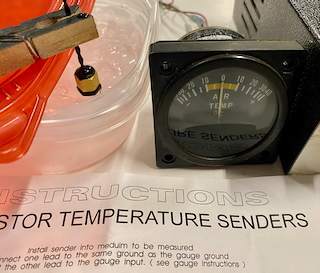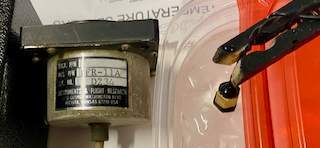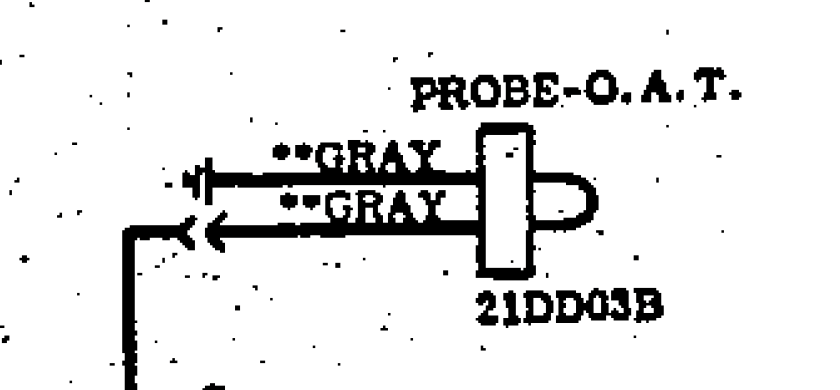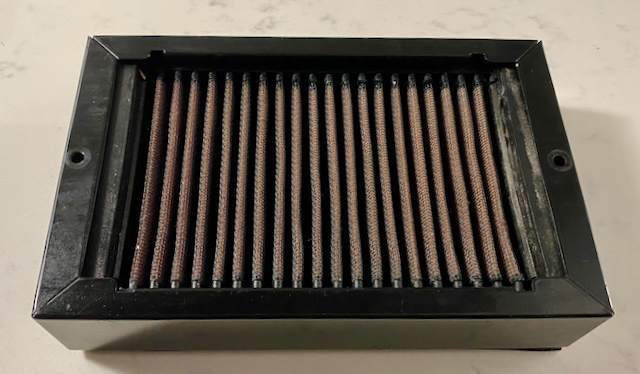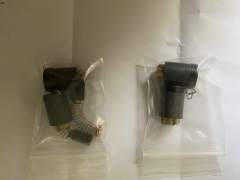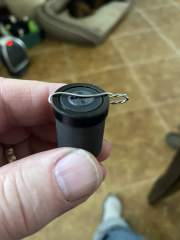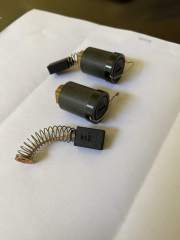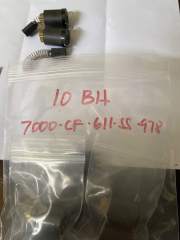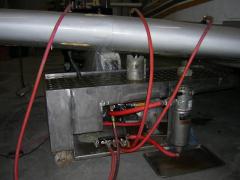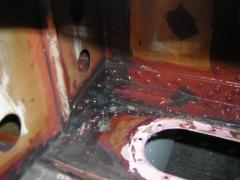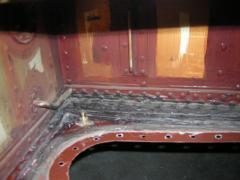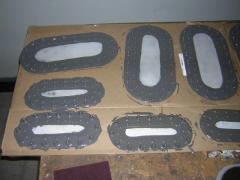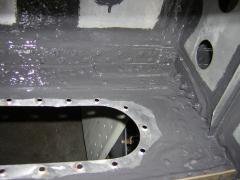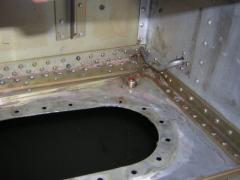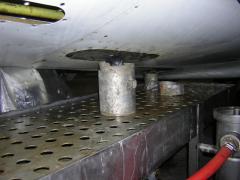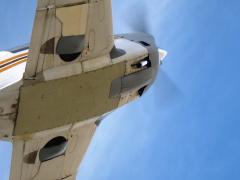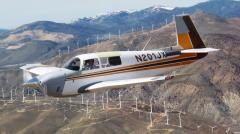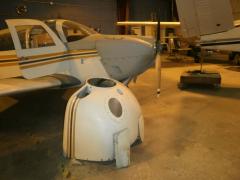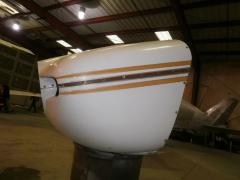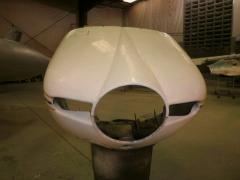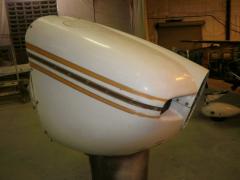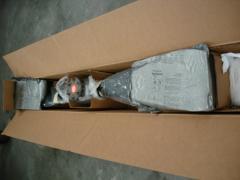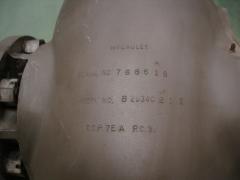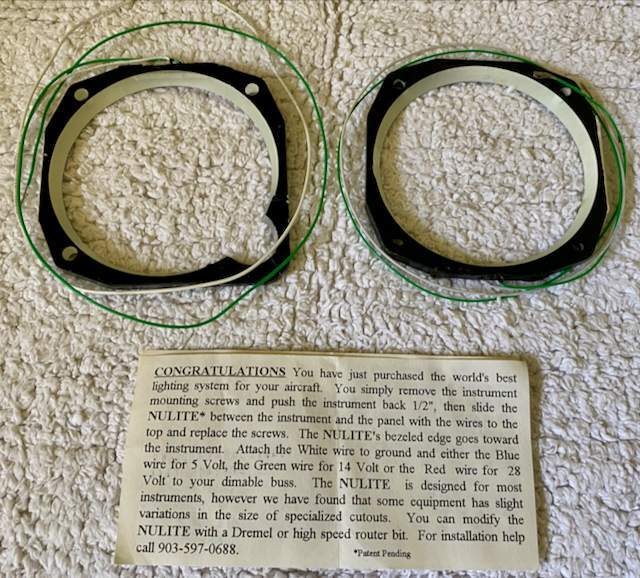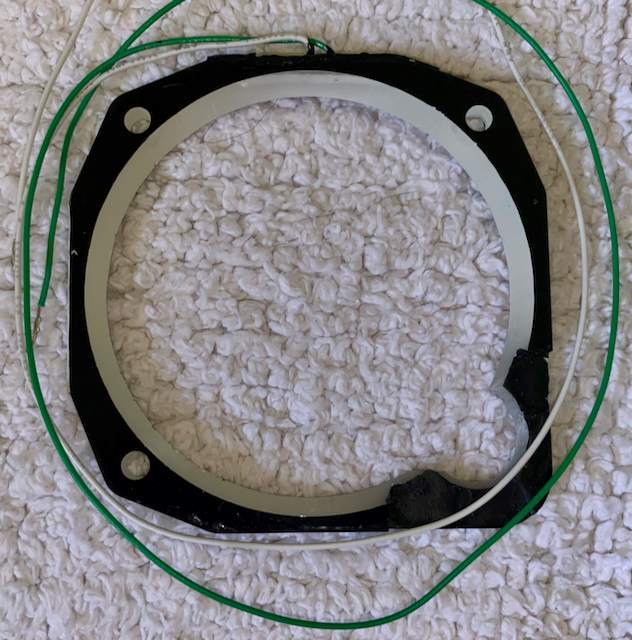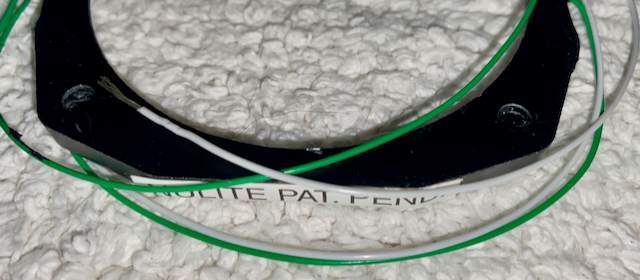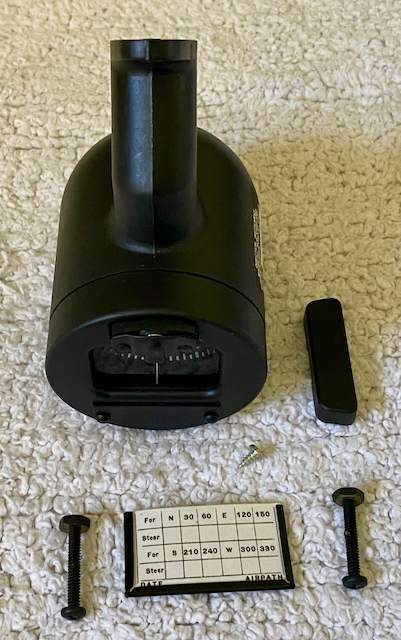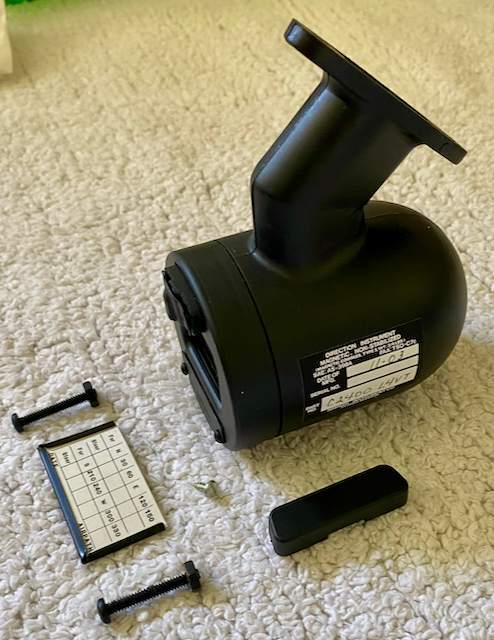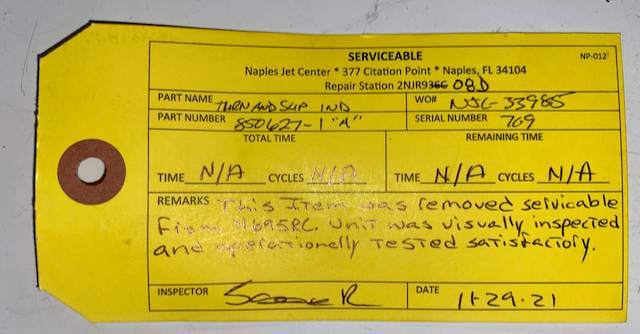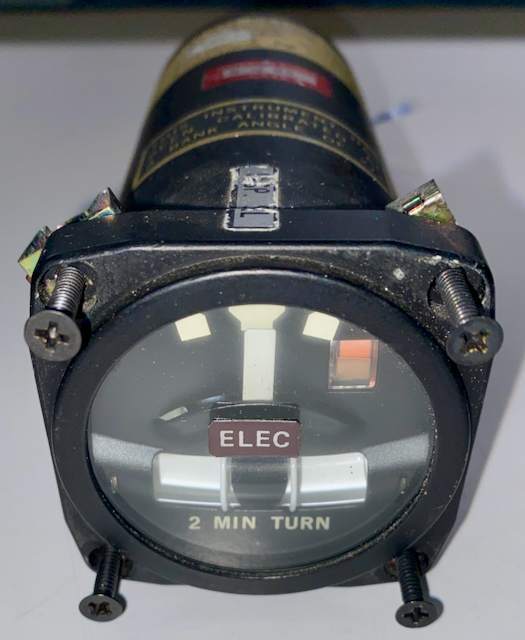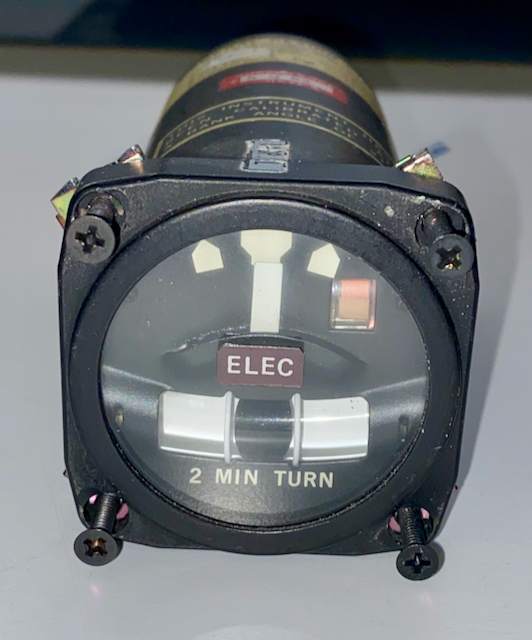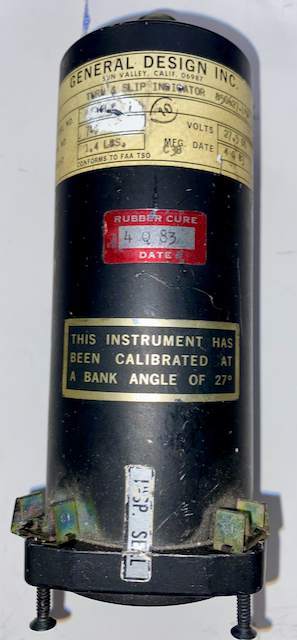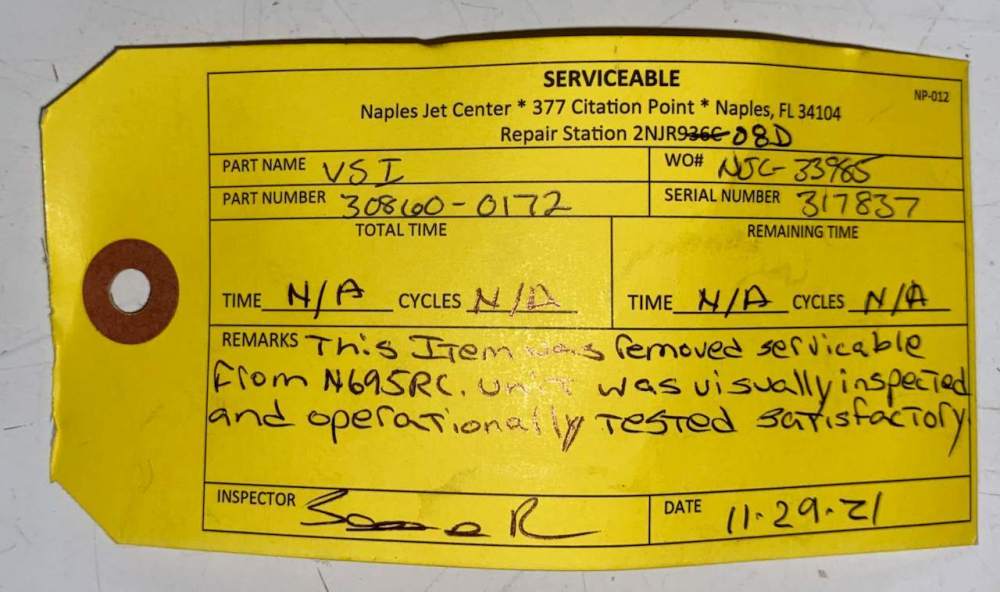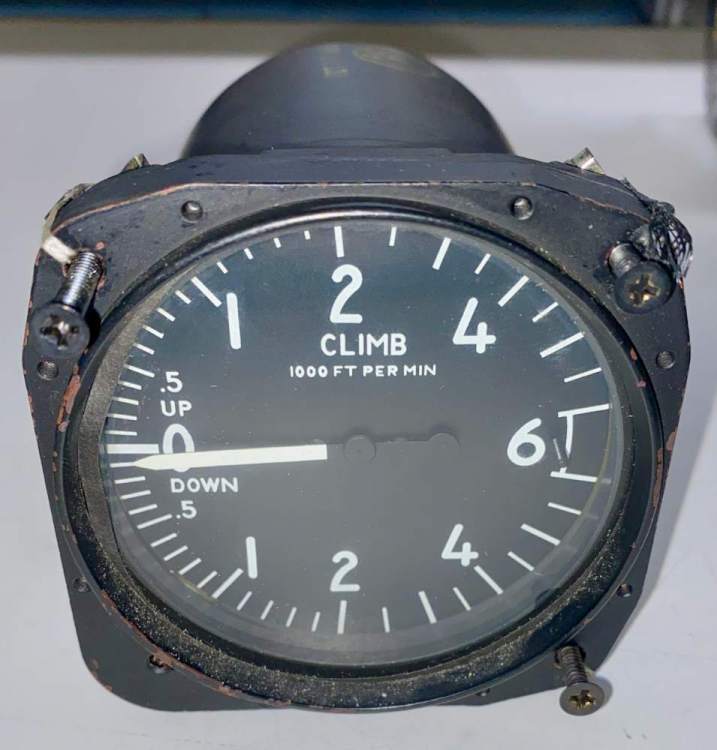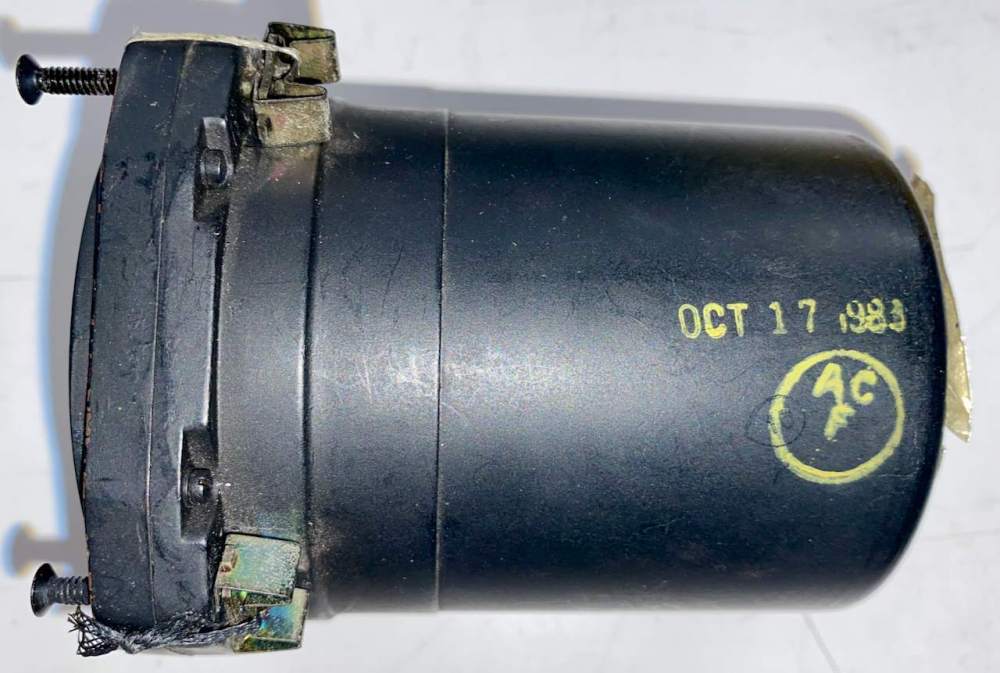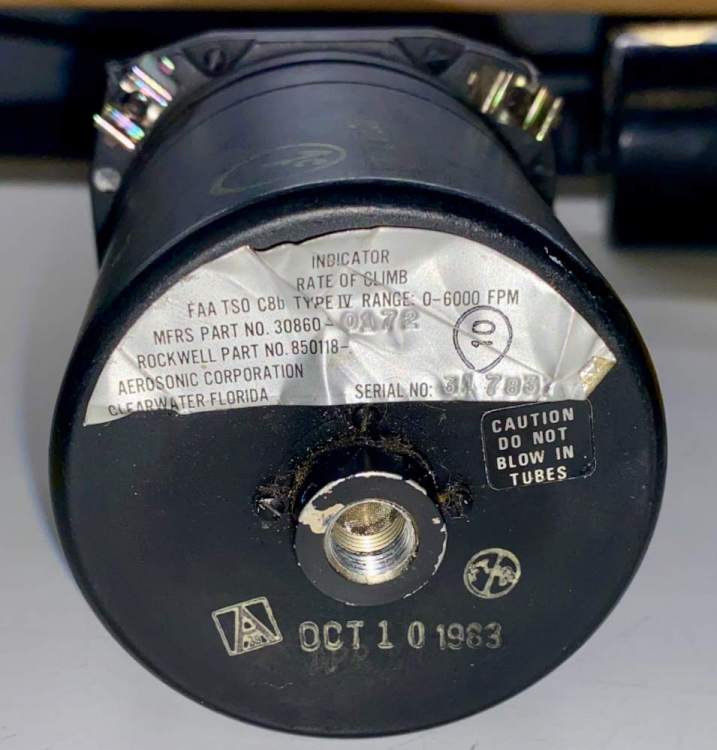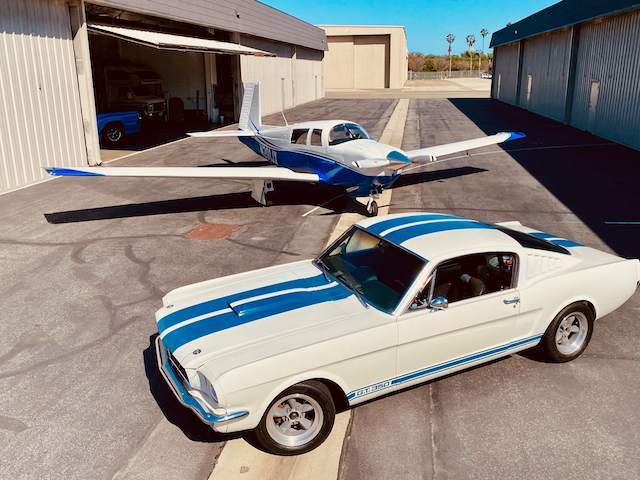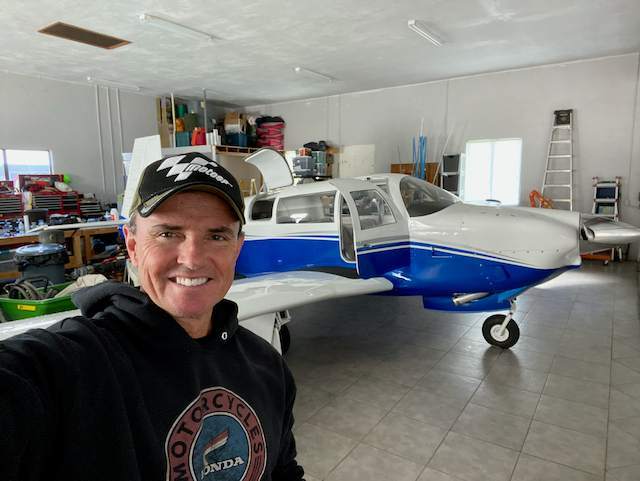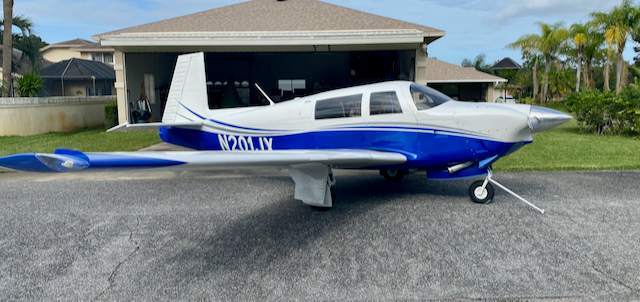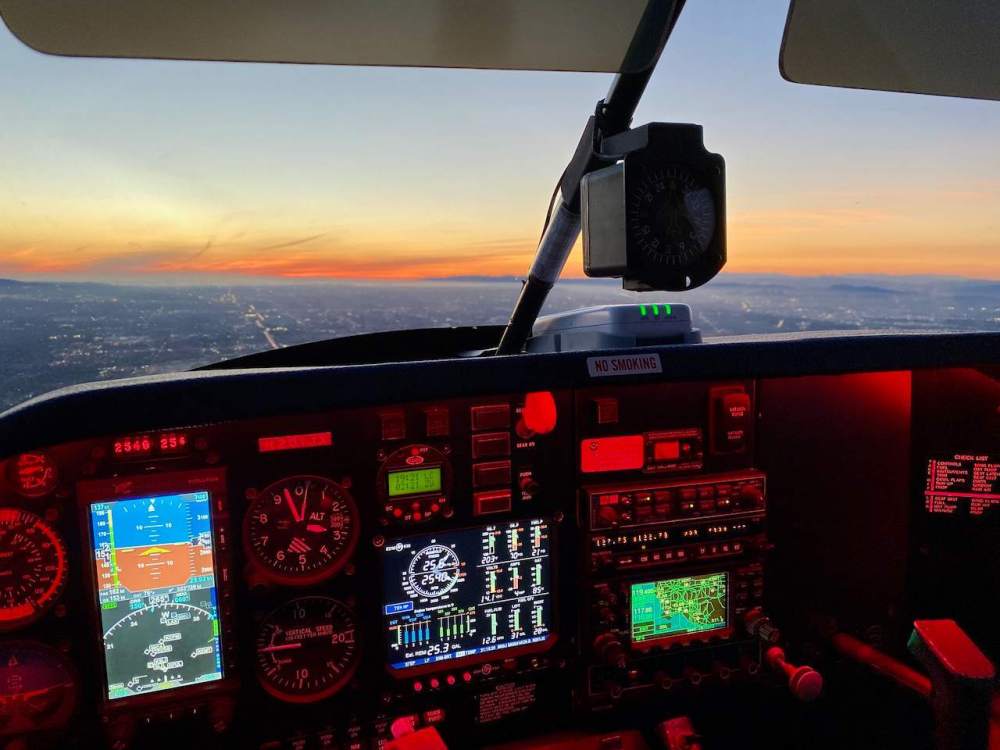-
Posts
596 -
Joined
-
Last visited
-
Days Won
3
Content Type
Profiles
Forums
Blogs
Gallery
Downloads
Events
Store
Everything posted by testwest
-
Hi everyone Up for sale SOLD, was a new-old-stock Mooney M20R Electrical Schematics Manual, p/n MAN504, issued August 2005. This basically is Chapter 91 of the Maintenance Manual. Covers models 001 through current at the time of printing (29-0364 and subsequent with that same electrical system version). Manual is in excellent shape with no real wear or stains/burn marks on the drawings (that would be bad hahaha). $49 OBO plus shipping or 10% off with no shipping if you ping me before Oshkosh and you can pick up the manual there! Cash, check or Zelle, thanks Norman Howell text 8 oh five 886 one nine nine four thanks!
-
Hi everyone Up for sale SOLD is was an IFR-11A Outside Air Temp gauge (Westburg Manufacturing made these), 12v, from a 1977 M20J. Comes with a NEW Westburg 399OT temp prob as shown in the parts manual. Tested and working, see below. $99 OBO + shipping, or save 10% and no shipping if you get it from me at OSH before I put it in the AeroMart. Check or Zelle only, thanks everyone!
-
Hi everyone Update **SOLD**... was a Challenger STC'ed Air Filter for a Mooney M20J, part number CP-1174. This replaces the original Brackett filter BA-6210-1. New Challenger CP-1174s are $268 from Aircraft Spruce, and replacement Brackett filters are $19 or so, so at $49 this unit pays for itself after 3 annuals. Check, Zelle or Apple Pay to howelln (at) reagan (dot) com. Thanks for looking!
-
If it is possible look at the FloScan and see if there is a number written on it, that should correspond to the calibrated K-factor of the unit. They are all a little different. Or, look for and find the tag from the unit. In the example below the "16-3492" number means the transducer factory-calibrated to a K-factor of 34,920, that is the number of pulses per gallon at 16 gph fuel flow (gasoline). More great info here: https://floscaninc.com/specifications/ From the table at the above location, the "approximate" K-factor for this 201A-6 is 32,000, but it was actually measured at 34,920. You will save a lot of iteration by having the mechanic put in the exact correct K-factor to begin with. Or better yet, do it yourself!
-
The idea is a bit less loss in the induction path, so a *small* amount of better efficiency. Lots of little things can eventually add up. That is why Jetdriven's Mooney is so fast. Our Mooney became a 162 KTAS cruiser instead of 155 KTAS on the same gas, with lots of small efficiency improvements such as the filter, antenna removal and relocation, tail fairings, Lopresti cowl and so on.
-
I'll have a Challenger filter for an M20J for sale in the classifieds as soon as my supporter status gets updated. P/N CP-1174. Hope this is not too much of a thread drift....
-
Resurrecting this thread due to some IM traffic I have, pictures of the bushes and holders, I have a couple of extras.....
-
From the album: #testwest's album
-
From the album: #testwest's album
-
From the album: #testwest's album
-
From the album: #testwest's album
-
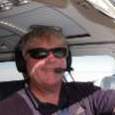
**SOLD** New (NOS) Magnetic Compass 12VDC FS $189
testwest replied to testwest's topic in Avionics / Parts Classifieds
update - SOLD -
Update all ***SOLD*** Hi everyone Up for sale at 50 cents on the dollar is a small inventory of Nulites and UMA EL instrument lights. The first 4 pictures are the Nulites. Scroll past the Nulites for the UMA lights. Nulites: 14V, 3 1/8 instrument, one with cutout for Kollsman window (Altimeter) and one without cutout (Airspeed or VVI), 14 volt. $30 each plus shipping: Also have a complete setup for a UMA EL backlight system, with white EL lighting and 14V system. All NIB for half price of new, plus shipping. UMA 14V Light Inverter (PMA) p/n 10-700-14 $40 ($91.75 new) 2 UMA 3/18" white light bezels with no cutouts p/n 2-31-W $40 ea ($77 each new) UMA 3 1/8" white light bezel with cutout for altimeter p/n 2-30-W $40 ($77 new) 2 ea UMA EL Bezel Connector kit p/n 1G02, ACS p/n 10-02085 $10 ea ($19.50 new) UMA EL Light Strip white/blue 1.5" wide x 18" long for backlighting p/n 2-418-150W $50 ($114 new, and un-obtanium) UMA dimmer potentiometer 1K ohms 5W, p/n 1G01-1 $30 ($58.75 new) If you buy the entire lot of UMA items at once, the price will be $249 with free shipping. Please PM me, Zelle or checks accepted, thanks!
-

**SOLD** New (NOS) Magnetic Compass 12VDC FS $189
testwest replied to testwest's topic in Avionics / Parts Classifieds
PM returned! -
Update - ***SOLD*** Hi everyone Up for sale is a new (new-in-box old stock, built Nov 2003) Airpath Magnetic Compass, overhead mount as used in Mooneys. The model number is C2400 L4VT, so it is a Northern hemisphere compass with 12VDC red lighting internally. The light bulb is a standard 12VDC 330 flange bulb, one could put in a 327 for a 28 VDC system if needed. The bulb may be removed from under the upper front cover quite easily. These are $384 new at Aircraft Spruce, so basically half price for this plus shipping ($17.10 - USPS Priority Flat Rate). Checks or Zelle accepted to my email, PM me!
-
You still have this available, Byron? PM me!
-
Hi everyone Up for sale is a 2 1/4" turn and slip indicator, yellow tagged by Naples Jet Center, out of a Turbine Twin Commander. General Design brand, part # 850627-1"A", serial # 709, manufactured 4Q 1983, 28v input. Working well when removed for upgrade. $199 OBO plus shipping. Also for sale is an Aerosonic IVSI, part number 30860-0172, serial number 317837, as removed from a Twin Commander with yellow tag from Naples Jet Center, FL. $129 OBO plus shipping, thanks for looking.
-
Ok, pictures should be good now.
-
Hi everyone I wanted to let everyone know N201JX has new owners, Gerald and Danita Prendergast of Long Beach, CA. Gerald's MS member name is @gtprend . The GT stands for Gerald T, but it also stands for something else: This is what you call a megawatt smile: Paint by Hawk Aircraft Painting in Zephyhills FL. SW Matterhorn White, Silver Metallic and a new blue color, Sherwin Williams Skyscapes, Pearl Sea Blue. First time they had painted this new color. It is stunning. And Gerald is enjoying the heck out of his new bird, but refueling takes awhile due to visitors. I told him to get used to it!! N201JX has unique LED interior overhead lighting and dual-color LED glareshield lights. A shot from this evening on the way back to Long Beach. Congrats to Gerald and Danita! I could not have picked a better or more deserving successor for N201JX. I will still be around and am planning to speak at the Mooney Summit this fall. Thanks everyone.
-
In the paper entitled "Effect of 406 MHz ELTs and COSPAS-SARSAT Cessation of 121.5 MHz ELT Monitoring on Search and Rescue Duration for General Aviation Aircraft Accidents in the Contiguous United States", located here: https://works.bepress.com/ryan_wallace/7/ Dr. Ryan Wallace (Embry Riddle) and Dr. Todd Hubbard (University of Oklahoma) found that in 139 missions reviewed, the mean search duration for 121.5 MHz beacons was 14.2 hours, 11.8 hours for 406 models, but only two hours for 406 beacons equipped with GPS position input. This paper was published before the MEOSAR capability was up and running. I would wager the time-to-search deltas are even greater in favor of the GPS-enabled units now. To see how difficult it is to find a 121.5 signal due to signal factors that are not in the control of the pilot or the installation view the CAP training video here: https://www.youtube.com/watch?v=JlB5u49FvzY In my opinion, it is far more important to make sure the OP (and others who are considering a new installation) installs the GPS interface to the 406 ELT than it is to worry that an approved antenna installation (on a unit whose 406 output is a 5 watt burst, while now only putting out .025 watt on 121.5 instead of .1 watt like the old 121.5 ELT units) will somehow be a negative determative factor in a rescue. Yes, there are older 406 ELT units that don't have a GPS position input. The OP is talking about a new 406 installation so the GPS input capability will be available in the unit. Yep, it is a pain to run the RS232 GPS input wires from the GPS in the panel back to the ELT unit (I did this on 201JX while the seats and left sidewall panels were out) but it's worth the effort, as evident by the citations above. I have to thank Philiplane, EricJ and others for motivating me to learn more on this. Having done so, I am even more confident in my recommendation to the OP. Also thanks for reading through this whole thread to those who have persevered!
-
"Satellite coverage depends on line of sight, and the satellites are rarely directly overhead. Most times, they are low on the horizon, and if your antenna has a blind spot in that direction, the satellite won't see the transmission. Signal bounce helps offset some of this, but it is not something you want to rely upon in an emergency." Well I just had to edu-ma-cate myself further on the subject! And actually, the Sarsat system is on multiple constellations of satellites. Originally they were on LEO satellites like the NOAA POLES system. These used frequency doppler shift to find the beacon. There are Sarsat packages on GOES-16 and 17, in geosynchronus orbit, double coverage over the U.S at all times. These see the encoded GPS information if you hooked that up to the ELT. And the latest packages on the medium orbit birds, like GPS and Galileo, can do sophisticated location using time and/or frequency direction of arrival and also see the encoded GPS information. GREAT info here for the curious: https://www.sarsat.noaa.gov/search-and-rescue-satellites/ And the number of fully operational Sarsat payloads is here: http://cospas-sarsat.int/en/system/space-segment-status-pro/current-space-segment-status-and-sar-payloads-pro Of course the US is the most conservative in declaring the MEOSAR loads fully operational. 18 fully operational Sarsat packages on GPS II birds and they won't say fully operational until the latest versions are up on the IIIF sats launching in 2026. Your tax dollars at work. Meanwhile, look at the Galileo coverage! My takeaway is that it's way more important to hook up the GPS location to the 406 ELT than to worry that an FAA certified installation method may be sub optimum for the old DF location methods that are being supplanted anyway. Also, reading the information in the link suggests the bolded assertion, above, would be well supported only if considering the first Sarsat implementation at LEO. The Sarsat system is far more advanced now. Please don't take it personally to anyone who has a stake in this discussion....we are all trying to learn and help one another. And intellectual debate is good for the soul and the noggin!
-
Sorry! I did not get a picture of that, but the antenna installs in the prepped hole and bends forward under the dorsal. It's generally in the area where there were no clecos in the test fit-up photo.






